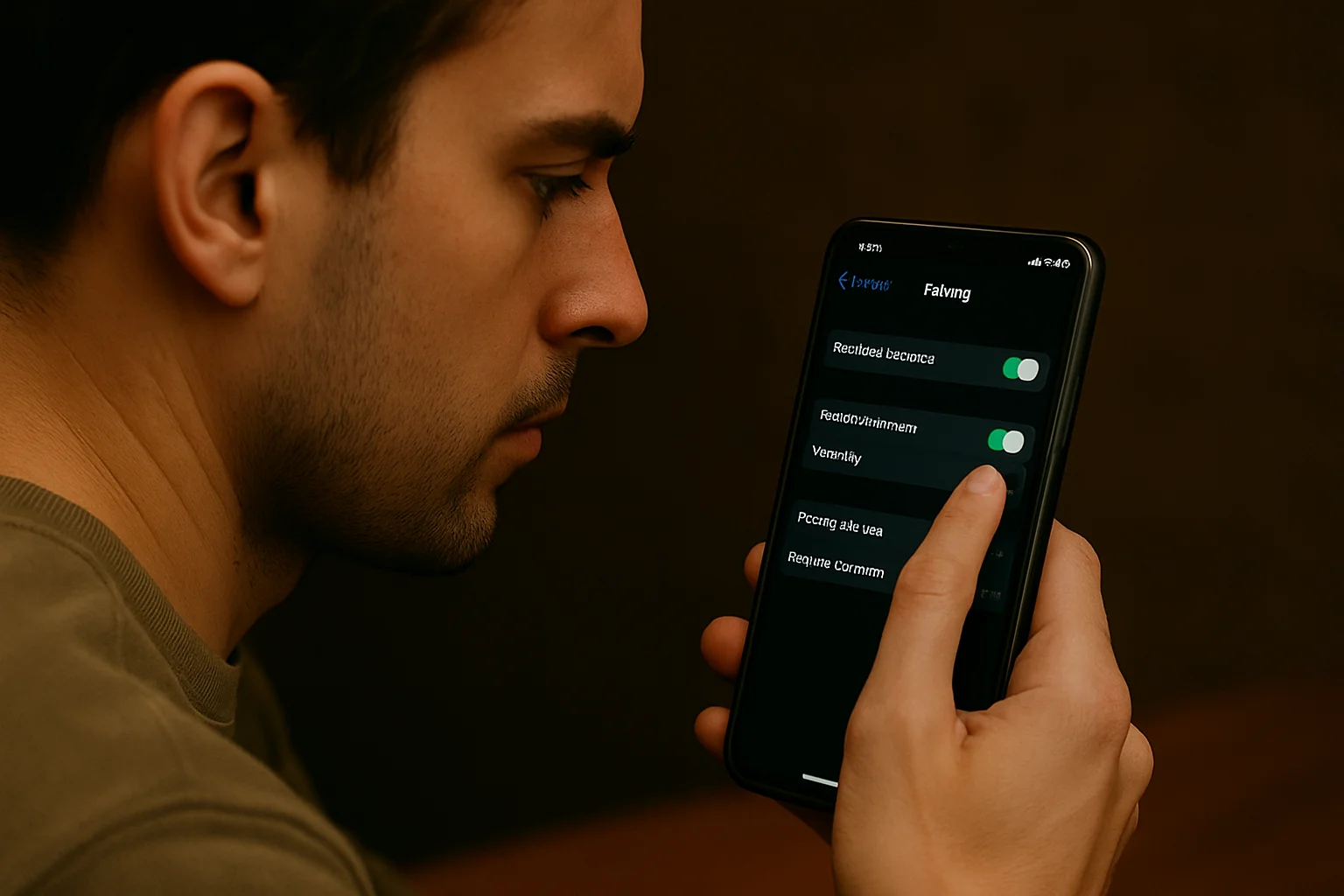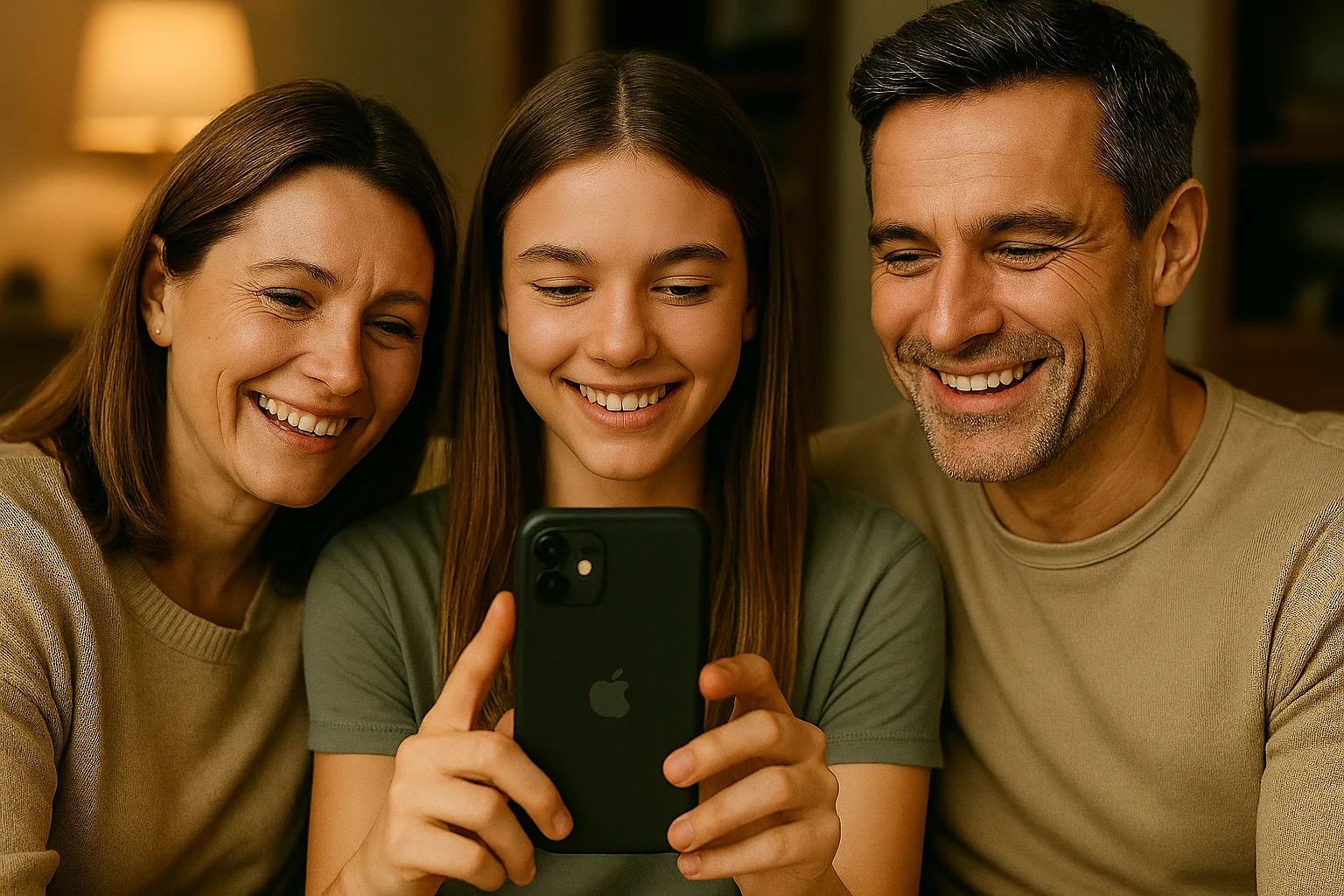Let’s face it — our phones are little tracking machines. Every app, network, and system wants a piece of your location. That’s why more and more people are asking:
Can someone see your location on airplane mode?
The short answer? It’s complicated. Airplane mode does stop most real-time signals — like mobile data and cellular connections. But it doesn’t always stop GPS, or keep your device from recording where you’ve been.
So if you care about your privacy, turning on airplane mode isn’t enough. You need to understand how tracking works and then what you can actually do to stop it.
Know How GPS, Wi-Fi, and Cell Towers Track You
Most people think only GPS tracks your location. In reality, it’s just one part of the system — and not always the most dangerous one.
GPS (Global Positioning System)
Your phone’s GPS chip talks to satellites and gives a highly accurate location. It doesn’t need the internet or even cell service to work. That’s why GPS still works in airplane mode.
Alone, GPS isn’t harmful — but when apps have access to it, they can log or share your location the moment you reconnect to the internet.
Wi-Fi & Bluetooth
Even when you’re not actively using Wi-Fi or Bluetooth, your phone may still scan for nearby signals. This can pinpoint your location based on public networks, coffee shop routers, or even other smartphones.
Important: Airplane mode doesn’t always turn these off by default — you often need to disable them manually.
Cellular Networks
When airplane mode is off, your phone constantly pings nearby towers to stay connected. That is how your carrier (and sometimes third-party apps) knows roughly where you are — even without GPS.
Privacy fact: In 2018, it was revealed that Android phones were collecting data about cell towers even when location services were disabled. Google eventually stopped the practice — but it shows how subtle tracking can be.
How to Use Airplane Mode Properly — and Why You Shouldn’t Rely on It Alone
You might think that flipping on airplane mode is the ultimate way to disappear from digital maps. After all, airplane mode disables your phone’s cellular, Wi-Fi, and Bluetooth radios, right? So, can someone see your location on airplane mode? The answer is both yes and no — depending on a few important details.
What Airplane Mode Actually Does
When you enable airplane mode, your phone stops broadcasting signals that connect it to mobile networks and most wireless services. This means you can’t make calls, send texts, or browse the internet — at least not until you turn those connections back on.
But here’s the catch: airplane mode usually does NOT turn off your GPS chip. GPS works by receiving signals from satellites and doesn’t require an internet connection to function. That means your phone can still figure out where it is, even when in airplane mode.
Can Your Location Still Be Tracked?
Technically, without internet or cellular connections, your live location cannot be transmitted to external services. So in this sense, airplane mode offers a strong layer of privacy.
However, some devices — especially iPhones and many Android models — keep a local record of your location history. On iOS, for example, the “Significant Locations” feature logs places you visit often, storing this info securely on the device. Android has similar functionality through Google’s Location History.
These logs stay on your device and don’t get uploaded without internet access. But once you reconnect, apps or system services might sync that data to the cloud — potentially exposing your past whereabouts.
Tips for Better Privacy with Airplane Mode
- To be absolutely sure, turn off location services manually in your phone’s settings before activating airplane mode.
- After making these changes, restart your device. This helps shut down background processes that might otherwise continue tracking.
- Remember that some apps can turn Wi-Fi or Bluetooth back on after airplane mode is enabled. Double-check and disable those if you want maximum privacy.

Take Control: Manage App Access to Your Location
While airplane mode helps block many connections, apps are often the real culprits leaking your location data — especially those with “Always” location permissions.
What You Can Do
- Go through your device’s settings regularly and set location access for apps to “Only While Using” or disable it completely if an app doesn’t need it.
- Disable background app refresh for apps that don’t need constant updates. This prevents them from sending your location when you’re not actively using them.
- Perform a monthly “digital cleanup”: uninstall unused apps, especially free ones loaded with ads, which often collect data quietly.
Fact: In 2021, studies showed that the average smartphone has over 30 apps with location access — a huge potential for privacy leaks if not managed carefully.
What to Do: Choose Trusted Trackers and Clean Up Your Location History
In today’s world, location tracking isn’t always a black-and-white issue. While some apps and services use your data responsibly, others may misuse or sell it without your knowledge. This makes choosing trusted and transparent tracking apps more important than ever.
Avoid Sketchy Trackers
Not all location trackers are created equal. Some apps masquerade as helpful GPS services — including certain “kids trackers” — but quietly collect and share your data with third parties or hackers. These hidden trackers are a real threat to your privacy.
How to stay safe?
- Use only apps with clear privacy policies. Legitimate apps explain exactly how your data is used and don’t share it without your consent.
- Pick services where location sharing happens only with your permission and mutual agreement.
- Always check app reviews in Google Play or the App Store — look for red flags or user complaints about privacy issues.
A Safer Alternative: Number Tracker — Family Safety with Privacy You Control
For families, close friends, and anyone who values peace of mind without risking their privacy, apps like Number Tracker stand out as an excellent choice. Purpose-built specifically for family safety, this app lets you share your real-time location only when you explicitly agree to it — meaning there is no hidden tracking, no silent background data collection, and no selling of your personal location data to third parties.
Number Tracker’s transparent design puts you firmly in control of your location information. Instead, it fosters mutual consent and trust which makes it an ideal tool (for families who want to stay connected and safe) without compromising their privacy.
Here are some key features that make Number Tracker a reliable choice:
- Real-time location sharing only when approved by both parties
- Secure, encrypted data transmission to protect your information
- Alerts and notifications for geofencing (safe zones)
- Easy-to-use interface suitable for all ages
- No background location tracking when not in active use
This attitude is a perfect example of how location-sharing technology can be both helpful and deeply respectful of your privacy, giving you full confidence in who sees your location and when.

Stop Your Device from Storing Your Location History — Protect Your Privacy
Even if you’re not actively sharing your location or being tracked in real time, your phone may still be quietly keeping a detailed record of where you’ve been. Many smartphones, by default, store location history continuously—sometimes without you even realizing it.
Both Android and iOS devices maintain this history unless you take action to disable it. This stored data can build a comprehensive timeline of your movements over days, weeks, or even years, raising important privacy concerns.
To turn off location history:
- On Android:
Open Google Maps, tap your profile icon, go to Timeline → Settings and Privacy, then locate Location History and toggle it off to Google from recording and saving your future location data.
- On iPhone:
Go to Settings → Privacy → Location Services → scroll down to System Services → tap Significant Locations, then disable this feature. This stops iOS from saving detailed logs of frequently visited places.
Pro tip: Curious what your device has recorded? Download your full location history from Google to see a detailed map of your past movements. It is often surprising — and a great way to understand how much data your phone stores. If you want better privacy, simply disable location history to stop your device from keeping this information.
Final Thoughts: Your Location Is Your Digital Footprint — Guard It Wisely
Location tracking isn’t inherently bad: due to it people can help keep families safe, improve navigation, or enable timely emergency responses. But the main thing is to know who has access to your data and how it’s used. By the way, trusted apps like Number Tracker demonstrate how sharing your location can be safe and consensual.
Now it’s your turn:
- Review your privacy settings.
- Decide who deserves to know your whereabouts.
- Don’t hesitate to take control of your digital footprint — your location is your story. Make sure you write it on your own terms.